May 22, 2025 | 16:48 GMT +7
May 22, 2025 | 16:48 GMT +7
Hotline: 0913.378.918
May 22, 2025 | 16:48 GMT +7
Hotline: 0913.378.918
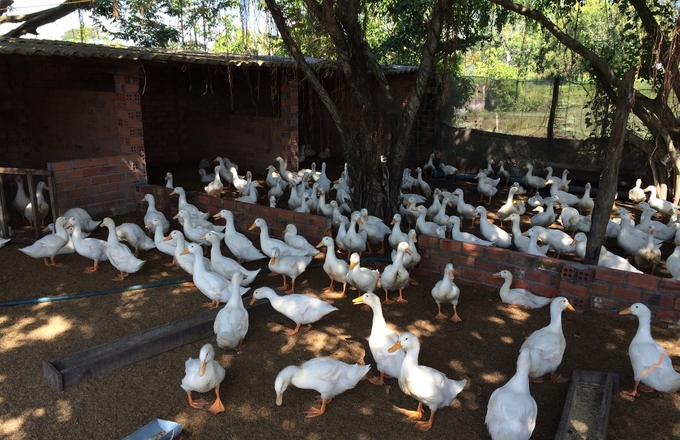
Duck farms with biological bedding in Binh Thuan province. Photo: KS.
The livestock industry in Binh Thuan province has developed strongly in recent years, both in terms of quantity and scale. The entire province currently has more than 192,000 buffaloes and cows, 397,500 pigs, 38,300 goats and sheep and more than 6.8 million poultry.
From the perspective of Binh Thuan Agricultural Extension Center, small-scale, spontaneous, and unplanned livestock farming has increased the severity of environmental pollution. Livestock farming emits large amounts of greenhouse gases, and waste treatment is ineffective.

Binh Thuan Agricultural Extension Center has recently implemented many livestock models using biological bedding. Photo: KS.
Animal husbandry using biological bedding can serve as a prime example. It is a form of raising livestock and poultry on bedding made from materials with high ash content (rice husk, sawdust, straw, rice straw) mixed with microorganisms to decompose feces, urine, reduce toxic gases and odors in the barn.
This solution proves to be effective when it comes to reducing emissions specifically methane, contributing to solving environmental pollution. On the other hand, livestock can gain weight quickly, resulting in quality products with food hygiene and safety guaranteed.
According to Binh Thuan Agricultural Extension Center, from 2022 to 2024, the unit has implemented the model of "Cow farming in a circular direction" in the communes of Binh Tan, Song Luy, Binh An, Phan Lam (Bac Binh district); Thuan Hoa (Ham Thuan Bac district); Muong Man and Ham Thanh (Ham Thuan Nam district). The total scale is estimated at 210 fattened cows.

Low-emissions livestock model in Binh Thuan province. Photo: KS.
The model combines grass and corn biomass planting and green feed processing to minimize production costs, increase economic efficiency in livestock farming, ensure biosafety, reduce environmental pollution and promote sustainable development.
Cattle is fattened using intensive or semi-intensive farming methods, and raised in barns. As for the feed, cattle consume 15 - 20 kg of green roughage and 3 - 4 kg of mixed concentrate feed per day (depending on its weight). Balasa N01 preparation is used as biological bedding in the cattle barn. The fattening period is roughly 90 days. The cattle are slaughtered immediately after completion. Farmers can earn a profit of VND 2 - 3 million/cow.
“To get such profits, we have instructed people to grow VA06 grass since this type of roughage has high nutritional value, suitable for efficient cattle farming models,” said Ngo Thai Son, Deputy Director of Binh Thuan Agricultural Extension Center.
If planted, cared for and harvested properly, VA06 grass can be harvested for 3 - 4 years, equivalent to 7 - 8 harvests per year, 300 - 350 tons of fresh grass per ha. It would be enough to feed 25 - 30 cows. If there is excess grass, households can make silage for inventory.
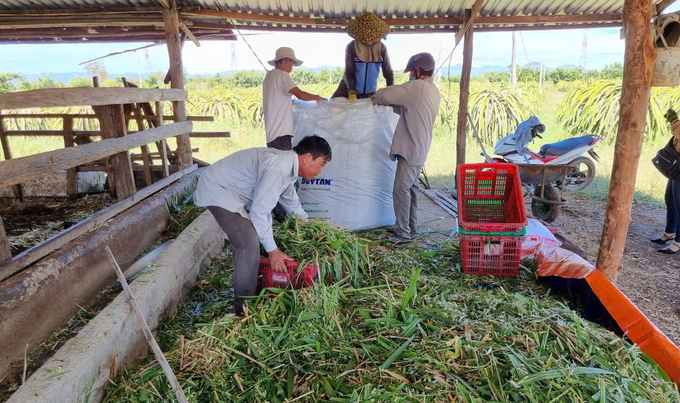
Growing silage to use as feed reserve for cows. Photo: KS.
Over the past 3 years, Binh Thuan Agricultural Extension Center has implemented a model to help people ferment grass using plastic bags with a scale of over 100 tons of feed. The formula for fermenting grass includes VA06 grass + 3% cornstarch + 0.5% salt, adding molasses and probiotics; or corn biomass + 5% molasses + 0.5% salt + 0.1% probiotics.
After 3 weeks, farmers can take the grass to feed the cows, taking each layer from top to bottom. Each time taking the grass, farmers need to cover it with plastic wrap. Well-composted grass has a natural yellow-green color, and a fragrant smell. It is not soft, moldy and too sour. However, they need to be careful when it comes to timing, making sure that each compost pit is only enough for the cows to eat for 7 - 10 consecutive days.
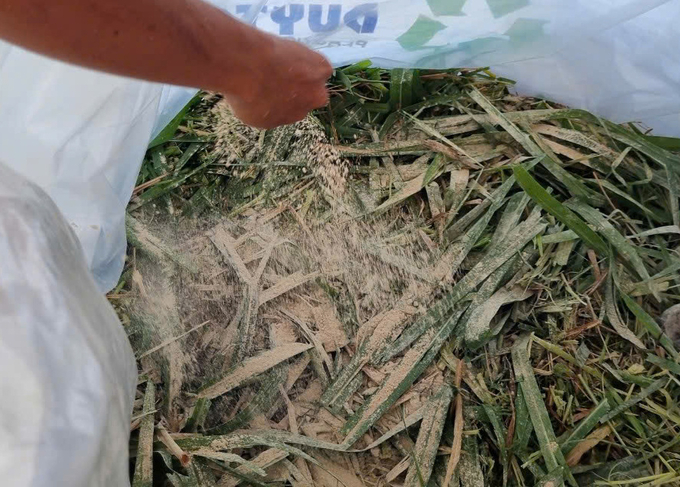
Binh Thuan Agricultural Extension Center guides farmers on how to ferment grass. Photo: KS.
In the cattle diet, the amount of silage for each cow is 5 - 7 kg/100kg body weight/day. Farmers must mix many types of feed (hay, dry straw...) to avoid the case of cattle having rumen acid. Silage has a relatively high nutritional content, can be stored for a long time. This approach contributes to proactively providing feed sources for the dry season, developing safe livestock farming, helping to reduce greenhouse gas emissions, thereby bringing high economic efficiency to farmers.
Translated by Samuel Pham
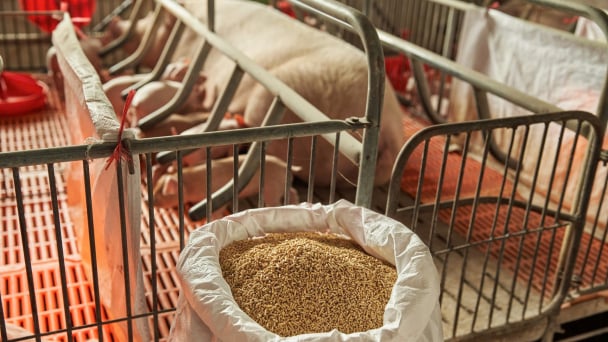
(VAN) CJ Feed&Care officially launched the FCR improvement campaign called “2025 Find Challenge Reach” in April 2025. In Vietnam, this campaign is implemented by CJ Vina Agri.
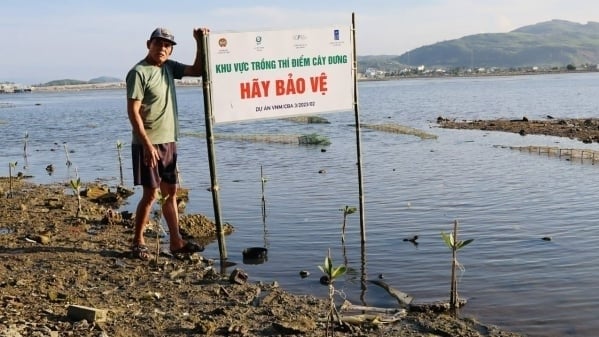
(VAN) The swamp in Pho Thanh is gradually being covered with red mangrove, creating a favorable environment for producing clean, high-quality salt.
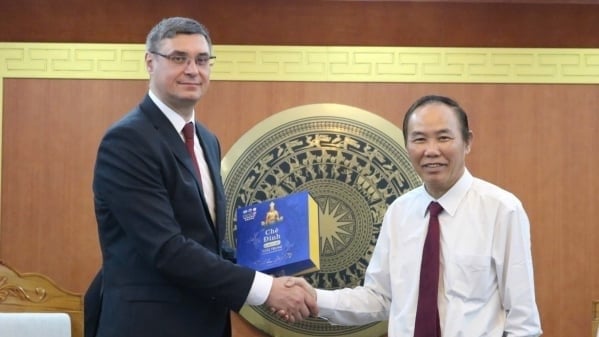
(VAN) The trade turnover of agro-forestry-fishery products is growing significantly, along with investment cooperation commitments that are opening up new development directions between Vietnam and Russia.

(VAN) Khanh Hoa is investing over 545 billion VND to develop 240 hectares of high-tech marine aquaculture in order to guarantee a consistent supply of seafood exports and achieve the USD 1 billion target.
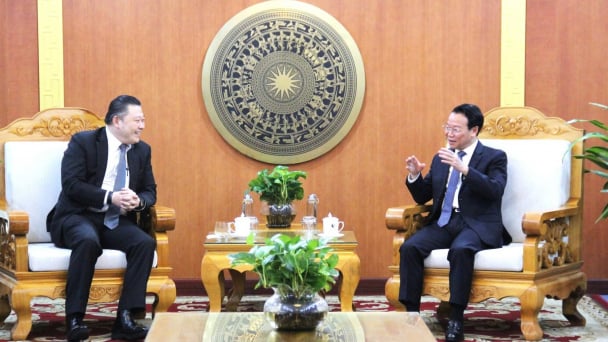
(VAN) Minister of Agriculture and Environment Do Duc Duy held a meeting with Soopakij Chearavanont, Chairman of C.P. Group, on May 15.
/2025/05/16/3800-0-nongnghiep-143756.jpg)
(VAN) Suntory PepsiCo Vietnam coordinated with the Ministry of Education and Training to implement an education program on water conservation, reaching nearly 1 million primary school students nationwide.

(VAN) Vietnam’s TH Group officially put its high-tech fresh milk processing plant into operation in the Russian Federation, marking a historic moment as the first TH true MILK cartons were produced in Russia.